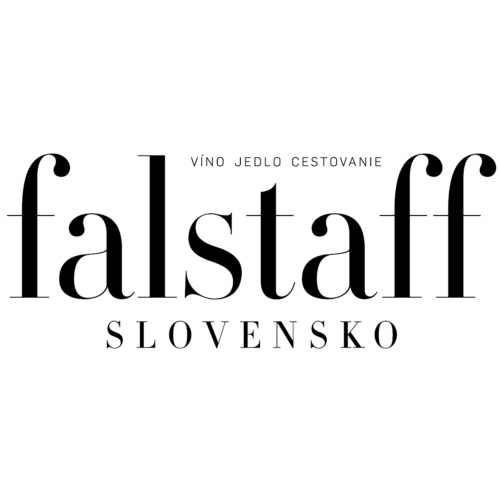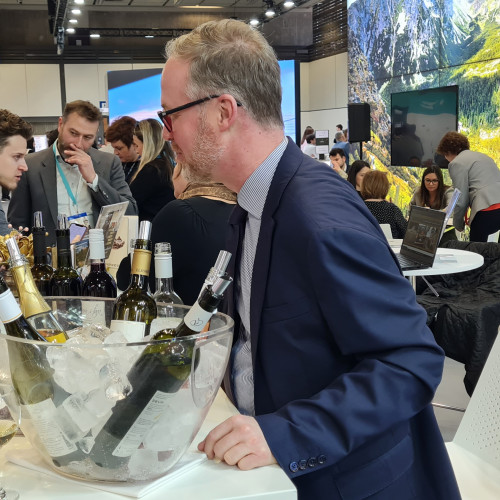In the final decades of the 20th century Riesling suffered a fall from grace of epic proportions. One hundred years earlier the greatest German Rieslings had commanded higher prices than even the finest red Bordeaux; now just a glimpse of a German label was enough to deter many consumers even from taking the bottle from the shelf.
Germany had, by the mass production of ever cheaper, ever poorer quality wines, succeeded in getting the full force of wine snobbery turned on it. Riesling, Germany´s finest grape, was in fact an innocent victim, because the dismal parade of flaccid Liebfrauchmils and Niersteiner Gutes Domtals rarely had a single Riesling berry in them.
Merely to be German, was in some markets, enough to damn the grape. Riesling (and especially German Riesling) has, however, benefited from its years in the wilderness. In Germany Riesling has got drier, been through a painful stage of skeletal thinness and emerged better balanced than before. The same is true of Austria and Slovakia.
In Australia the profound wines of the 1950s and 1960s gave way to lighter, less interesting ones attention shifted to Chardonnay and winemakers ceased to regard Riesling as aserious grape variety. That is now changing again, and the Riesling of the Eden and Clare Valleys rank as benchmark styles of grape, along with those of Germany and Alsace.
The third benchmark style, that of Alsace, has both suffered and benefited from a lack of mass consumer interest. Styles have changed less here, which is great when it comes to those committed winemakers determined to produce fine wine. But co-operatives and merchant house dominate proceedings here and too many of their wines are lean, lemony - and not all that cheap. They should take note of the competition.
Elsewhere in the world, Riesling has not created many waves - largely because so many New World leaders are basically hot countries with conditions too warm for successful Riesling. But Australia has worked out how to do it, so expect exciting things from other New World producers. To date, New Zealand and Chile have produced some delightful, scented citrus styles.
The development of climate change will push the boundaries and possibilities of producing top-quality Rieslings further north and into the continent. Slovakia, known in the past as a country on the border of profitable grape growing, today lies at the epicenter of the production of successful Rieslings. From our small boutique winery, the references are as follows:
Riesling 2023 – Gold medal Austrian Wine Challenge, Austria 2024
Riesling 2021 – Gold medal Women´s International Trophy, Germany 2023; Gold medal Austrian Wine Challenge, Austria 2023; Gold medal Wine exhibition Slovenský Grob, Slovakia 2023; Champion and Great gold medal Wine Snow Donovaly, Slovakia 2022
Riesling „33“ 2019 – Gold medal International Wine & Spirits Awards, Spain 2021; Gold medal Wine Snow Donovaly, Slovakia 2020











